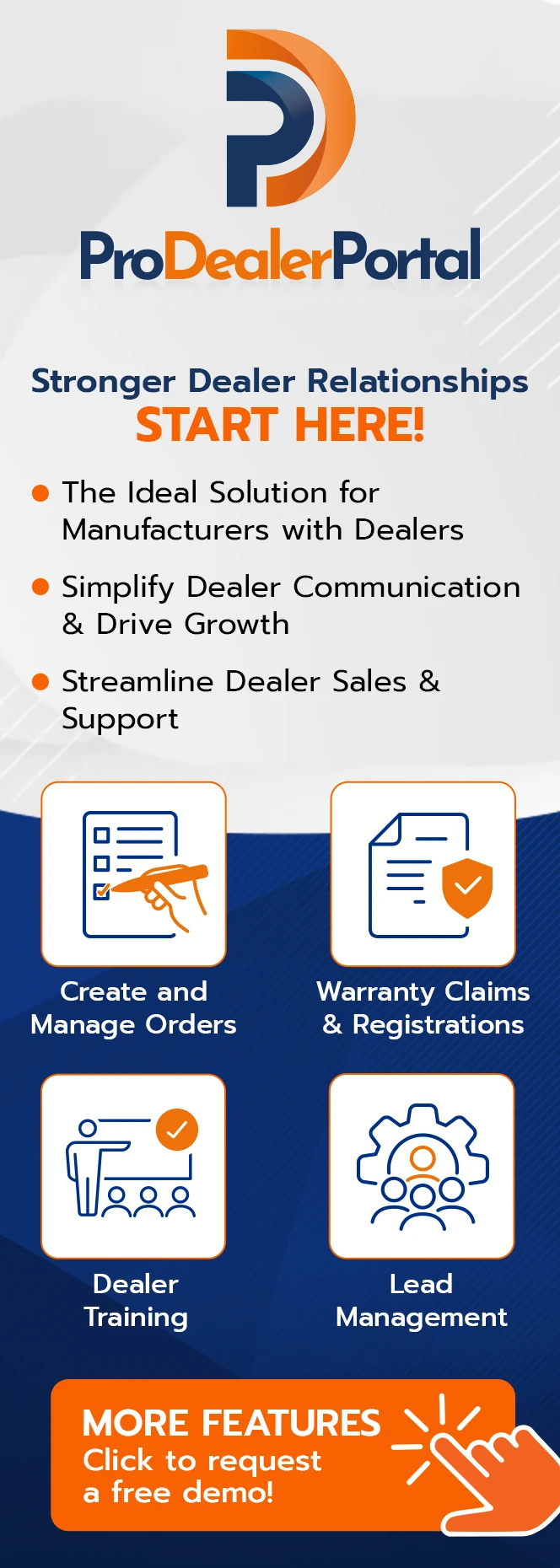Harnessing Push Ad Networks for Business Growth: Still Effective?
The more efficient the marketing, the better, especially in an era of dispersed user attention. That’s why push notifications have become one of those tools — allowing direct communication with audiences by circumventing traditional channels. But they also bring some notable drawbacks, and understanding their mechanics helps avoid some very common mistakes.

Diving into the Essentials of Push Advertising
The messages that are sent directly to the devices, even when the user is not using this or that application or is not surfing the internet, are called push notifications. These messages are in the form of brief alerts, which consist of text, an image, and a call to action. Uncomplicated, but much depends upon their accuracy in targeting and their implementation strategy. Small and medium-sized organizations, where the digital competition is serious, are fond of this kind of advertising, in particular.
There are numerous push ad networks providing global coverage, with subscribers in the millions. These networks can be integrated with other marketing strategies, complementing email campaigns or social media into a multichannel approach. The important thing to realize is that users in the U.S. get as many as 46 notifications on their smartphones daily, so over-messaging must not take place.
Push networks work by gathering user subscriptions on a website or an app. Advertisers feed creatives and target by GEO, device, and interests. Then the network sends out notifications, whereby clicks and conversions are tracked in real-time, and AI algorithms will automatically optimize bidding.
Companies like Push.House offers databases of 4 million subscribers segmented into 1,358 profiles. The effectiveness increases with targeting precision, and all this is boosted when combined with DSP integration for simplified management. All of this works more effectively in multichannel marketing, where push goes hand in hand with SEO and content strategies.
Top Players in the Push Ad Arena
Among the top networks in 2025, there are those with advanced targeting and analytics tools. RichAds and PropellerAds are outstanding due to large volumes of traffic and low prices.
Here’s a comparison of key networks:
| Network | Min. deposit | Traffic volume (Daily) | Key features | Supported GEOs |
| RichAds | $50 | Over 5 billion impressions | AI optimization, premium traffic | Global, strong in the US, EU |
| PropellerAds | $100 | 3 billion+ | Multi-format support, anti-fraud | 195+ countries, US focus |
| AdMaven | $50 | 2.5 billion | Real-time bidding, custom creatives | The US, Asia, and Europe are dominant |
| EvaDav | $100 | 1.8 billion | Vertical-specific targeting | Global, US high volume |
| MGID | $100 | 4 billion+ | Native integration, analytics dashboard | US, Canada, Europe |
Efficiency-oriented, these networks don’t require large upfront investments for scaling campaigns. Which one is used depends on the budget and goals. We recommend beginning with small-volume tests in order to test ROI and integrating them with CRM systems to further increase their value. Open link to learn more about how this is done.
Real-World Insights from Campaigns and Data
Case studies show how push campaigns can bring in ROIs as high as 225% in e-commerce, in some cases. Among PropellerAds case studies, a campaign for utility offers with in-page push brought a return of 190%. A case from RichAds demonstrates scaling to $833K in sales with the help of targeted notifications.
Statistics back that up: 81% opt-in on Android, while a mere 51% do so on iOS. Come 2025, when 800 billion messages are annually sent, the segmentation would become crucial, especially in the U.S., where the vast majority of users are concerned about privacy.
Weighing the Benefits and Drawbacks
The apparent benefit of push advertising lies in its ability to generate fast conversions. These notifications reach users directly, boosting click-through rates to an average of 7–10%. Especially useful in e-commerce promotions, as timely delivery drives purchases. Low cost per click, normally below $0.01, creates affordability for startups.
However, there is a risk of irritating audiences. If notifications arrive too often, unsubscribes can outweigh all efforts, though analytics integration helps mitigate risks somewhat. But it is expected that there will be much sensitivity regarding the questions of privacy in the U.S., considering even such laws as the CCPA. On the whole, a balance is to be kept.
To avoid common mistakes, here are some launch tips:
- Start with testing: run small-scale campaigns to test audience response;
- Use personalization: Customize messages based on user behavior to ensure better conversion;
- Monitor metrics: open rates and opt-outs to refine strategies.
Integrate with tools: Integrate with analytics platforms for data-driven adjustments. These apparently banal tips help avoid mistakes and make the outcomes less surprising.
In Conclusion
Push advertising hasn’t gone out of date; it has evolved. Push notifications help companies rise above the noise, cut through the clutter, and speak to their customers with offers that drive quick results. With AI targeting capabilities on the rise and retail media growth, push formats are more specific and valuable. When properly set up, they provide stable ROI, even up to 225% in some cases, so it’s all about the approach. It’s safe to say this is no longer just a pop-up window but a fully managed channel capable of truly elevating marketing strategies and scaling sales.
